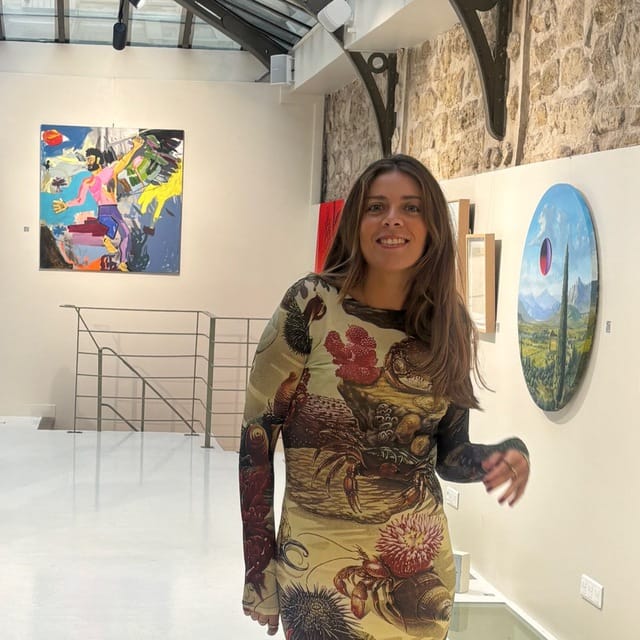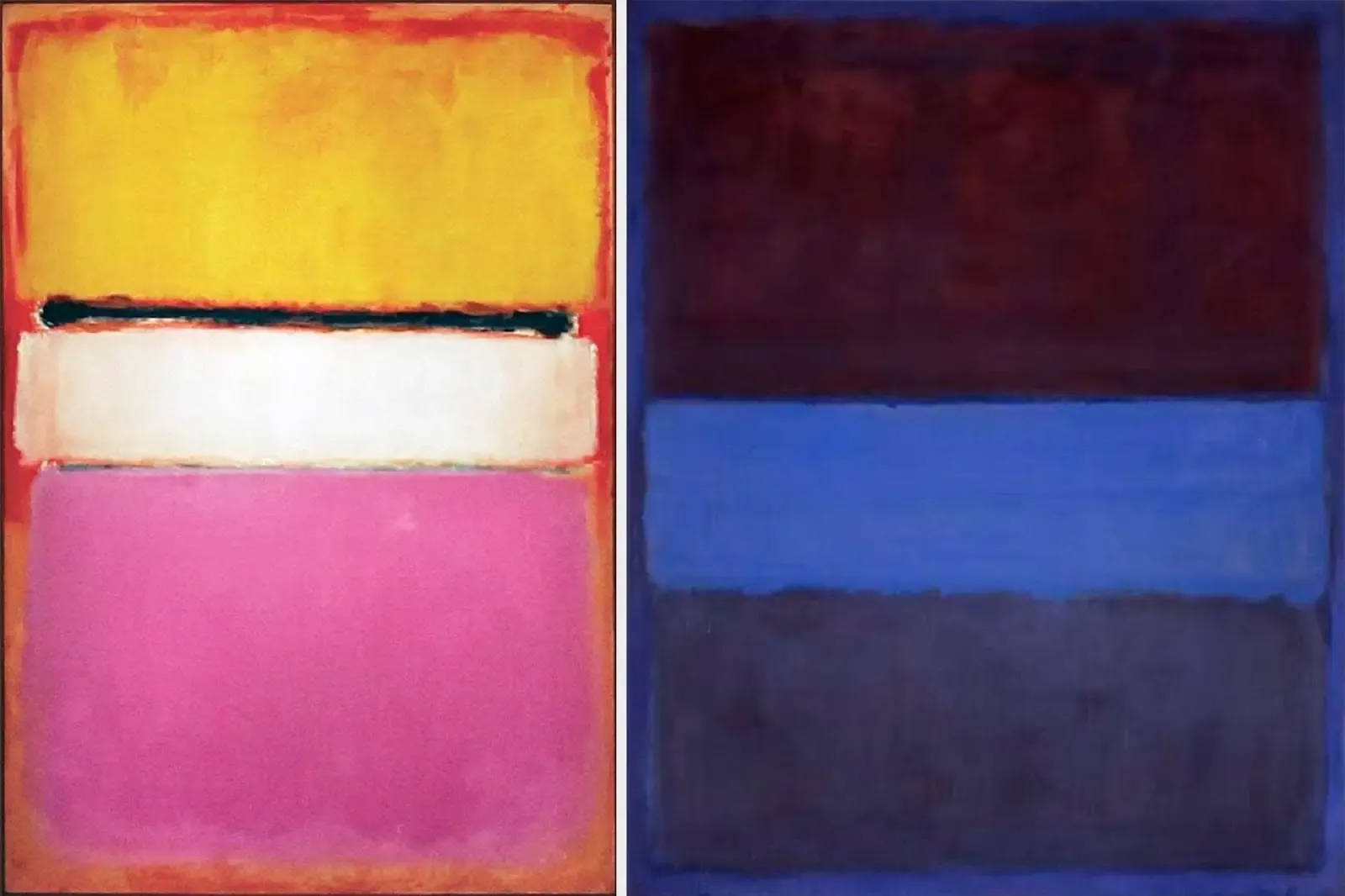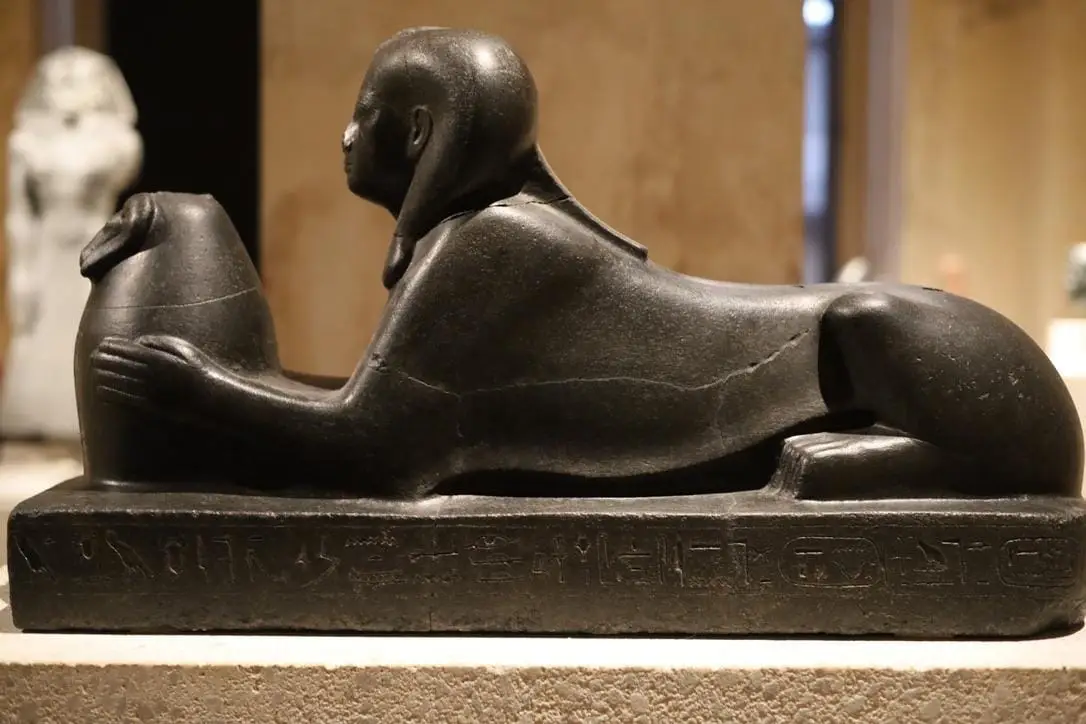Top 10 Most Famous Picasso Paintings: From Cubism to Modern Art
Whether you are an artist, an art lover or just walk in life with art by your side, you have at least heard of Pablo Picasso or gazzled at one of his paintings in a museum around the world. Born in Malaga, Spain, Picasso changed the art world forever, one of the greatest and most influential artists of all time. The pioneer of Cubism alongside Georges Braque.
We have selected the ultimate list of Picasso’s most iconic works, masterpieces that shaped modern art.
Save this list for your next museum visit as some of these paintings are housed in the world’s most prestigious institutions.
As per Picasso’s belief “To me, there is no past or present in art.” we have decided to not order his artworks by chronological order.
Guernica (1937)
📍 Museo Reina Sofía, Madrid, 🖼️ 349 × 777 cm
“Guernica” is not only a painting – its monumental size, screamy figures, masterful technique, and stark black and white palette, hits you like a thunderbolt.
Although Picasso never gave an official interpretation of Guernica, this painting is known to be symbolic protest for peace, showcasing war’s brutality, represented by the time lived after the bombing in the small basque village of Guernica. No figure here is an accident, take a closer look at the light bulb surrounded by an eye or lamp, what does it represent to you? What does it tell you?
The Old Guitarist (1903-1904)
📍 Art Institute of Chicago, Chicago, 🖼️ 123.5 × 83 cm
Ever had a blue Monday? “The Old Guitarist” melancholic painting represents all those melancholic feelings of blue Monday or époque. Picasso painted this serenade in its Blue Period, but as you look into the painting, you can almost listen to the melody of the struggles of life.
The Weeping Woman (1937)
📍 Tate Modern, London, 🖼️ 60 × 49 cm
Dora Maar was painted in many of Picasso’s paintings – she is the muse and inspiration for “The Weeping Women”. Nevertheless, according to Maar, this painting was not a standalone representation of her or their relationship, but rather a metaphor of grief and pain of the Spanish people. Grief in colour. If you have the chance, look at it with your own eyes and appreciate the vastness of colours, how many can you count?
Les Demoiselles d' Avignon (1907)
📍 Museum of Modern Art (MoMA), New York
Unconventional work, dramatically set a part from traditional beauty standards and perspective. This painting takes its name from Avignon Street in Barcelona, Picasso intended to depict a brother scene and ended up creating a composition of five nudes and a still life.
If you look closely into the figures, you can observe an angular distortion of classical forms, but also barbarian characteristics of primal art. Inspired in African masks and Iberian sculpture. Figures are unified, fragmented as if the canvas “resemble a surface of shattered glass”. For the first critics, voids and solids that are the dawn of Cubism.
La Rêve (1932), the Dream
📍 Private collection Steven A. Cohen, loaned to museums, 🖼️ 130 × 97 cm
Did you know La Rêve is believed to be painted in one single afternoon? The afternoon of January 24, 1932. This is in line with Picasso’s Surrealist phase, portraying his lover Marie-Thérèse Walter, in curvy sensual lines and a vibrant colour palette. A dance between erotism, dreams and simplified forms. A painting is always more than you see at the first glance.
Have you heard about the $40m elbow incident? In 2006, Steve Wynn gathered some of his close contacts to disclose that he agreed to sell the iconic La Rêve for $139m to Steven Cohen when he accidentally put his elbow through the canvas. After its restoration and claims settled, the painting was sold to its current owner Steven Cohen for $155m, a record selling to a U.S. private collector.
Girl with a Mandolin (1910)
📍 Museum of Modern Art (MoMA), New York , 🖼️ 100.3 x 73.6 cm
“Girl with a Mandolin” is a masterpiece of deconstruction, a fragmentation in pale palette. A painting whose name is not abstract and an abstract puzzle in its form. Picasso connected Fanny Tellier and the mandolin within angular forms and a geometric ambiguity. Where does Tellier from begins and ends? How about the mandolin?
This is a painting where it is worth to take some steps back to appreciate it from a distance, how beautiful a construction of geometric form can be transformed in a girl with a mandolin.
Would you actually see the “Girl with a Mandolin” if the title was different?
Girl Before a Mirror (1932)
📍 Museum of Modern Art (MoMA), New York , 🖼️ 162.3 x 130.2 cm
“Girl Before a Mirror”, completed in the cubist-modernist style, is not just a portrait of Picasso’s young lover, Marie-Thérèse Walter. This work allures to the duality between reality and the reflection of the mirror. To some it is known to represent female vanity, day vs night, light vs dark. You may even think it is the variation between how others see you and how you see yourself – the difference in colours, the darker tone. Or how Picasso saw her lover?
This painting is a game of colours and geometric forms placed within circular compositions. As Picasso stated “If I paint a wild horse, you might not see the horse... but surely you will see the wildness!”
Three Musicians (1921)
📍 Museum of Modern Art (MoMA), New York , 🖼️ 200.7 x 222.9 cm
This large painting is technically a piece of the Synthetic Cubism, almost a theatrical scene – Three musicians pained in rich colours, a sequence of lines, forms, planes and arcs. From left to right, although it is hard to understand where one musician starts and the other ends, you find a clarinet player, a guitar player and a musician holding sheets of music. This painting looks almost as if it’s a collage.
Picasso was said to be reportedly happy when Gertrude Stein expressed, she had finally understood this painting “It’s a still life”.
Portrait of Gertrude Stein (1905 – 1906)
📍 Metropolitan Museum of Art, New York, 🖼️ 100 x 81.3 cm
The “Portrait of Gertrude Stein” is known to be the end of Picasso’s “Rose Period”. After 80 or 90 sittings, Picasso reportedly reached an impasse and ended up completing the painting without further observing Gertrude, giving her face a mask resemblance. Gertrude was famous writer and a friend of Picasso, an art enthusiast who frequently held saloons in her Paris apartment.
According to the Metropolitan Museum of Art, when Stein protested that the painting didn’t look like her, Picasso calmly replied, “It will.” In fact, later in 1938, Stein wrote “For me, it is I, and it is the only reproduction of me which is always I, for me.” For her, this portrait would come to define her image, “linking writer and artist indelibly as the two geniuses of the twentieth century”.
Subjektiv Community – Talk with us:
- Which of the aforementioned Picasso artworks are your favourites?
- Is there a favourite we haven’t mention?
- Have you had the chance to appreciate any of these in person?
Looking forward to hear you and take us with you in your next museum or art reading time.
Are you interested in exploring more art insights? Follow us to feed some of your monthly / weekly art needs.




